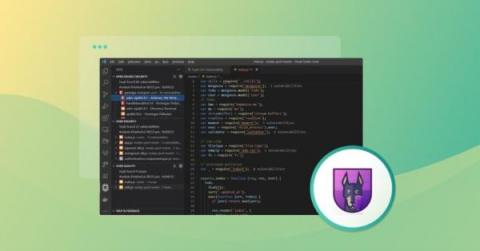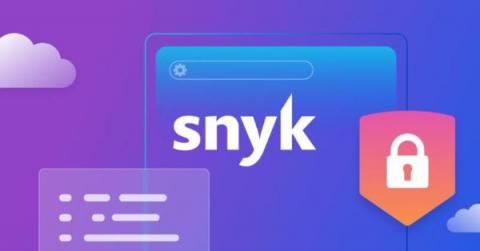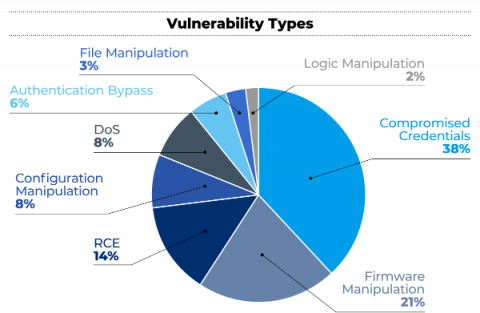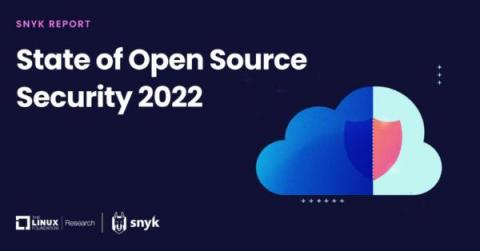Developer empowerment for software security with Snyk IDE plugins
For application security, the shift left strategy is something that every enterprise is embracing today, which essentially means putting the security controls in earlier stages of development. This is more like a “nipping the problem in the bud” strategy where the security controls in their respective domains highlight the potential security weaknesses related to vulnerabilities in code, vulnerabilities in third-party packages and code quality issues.










